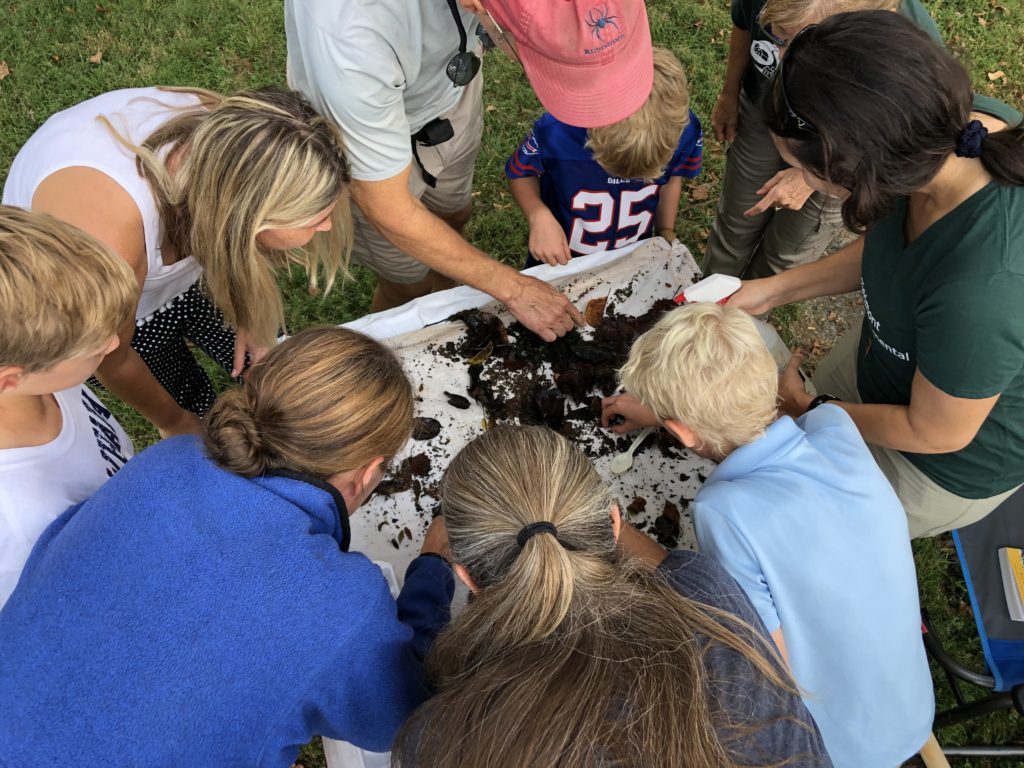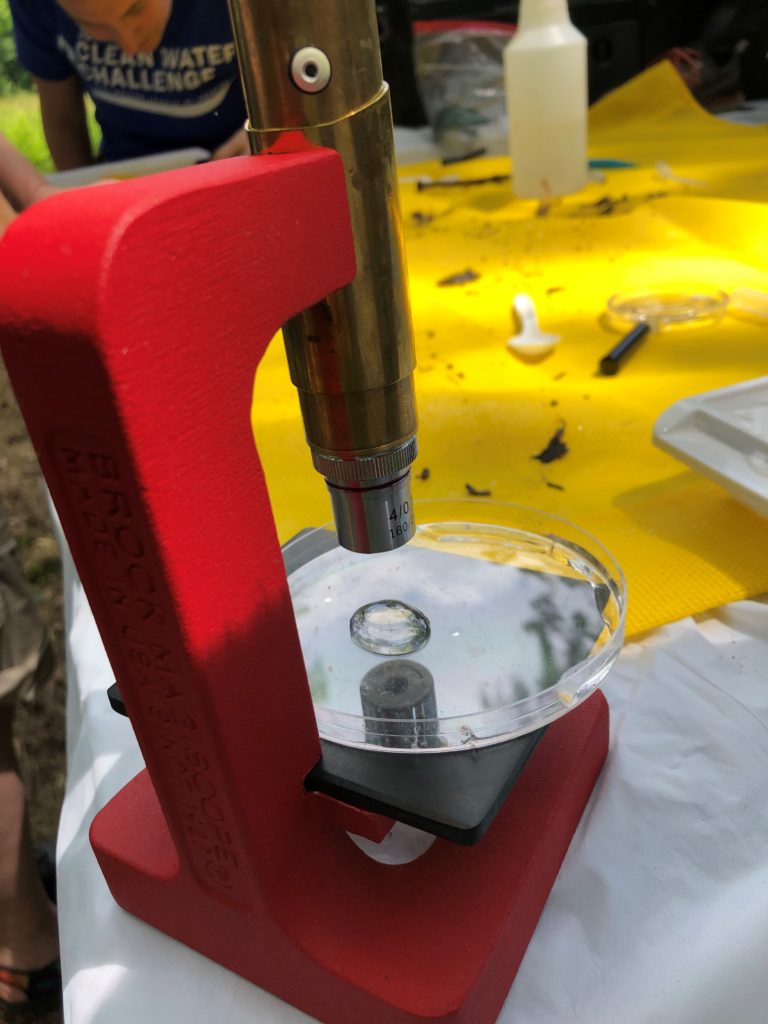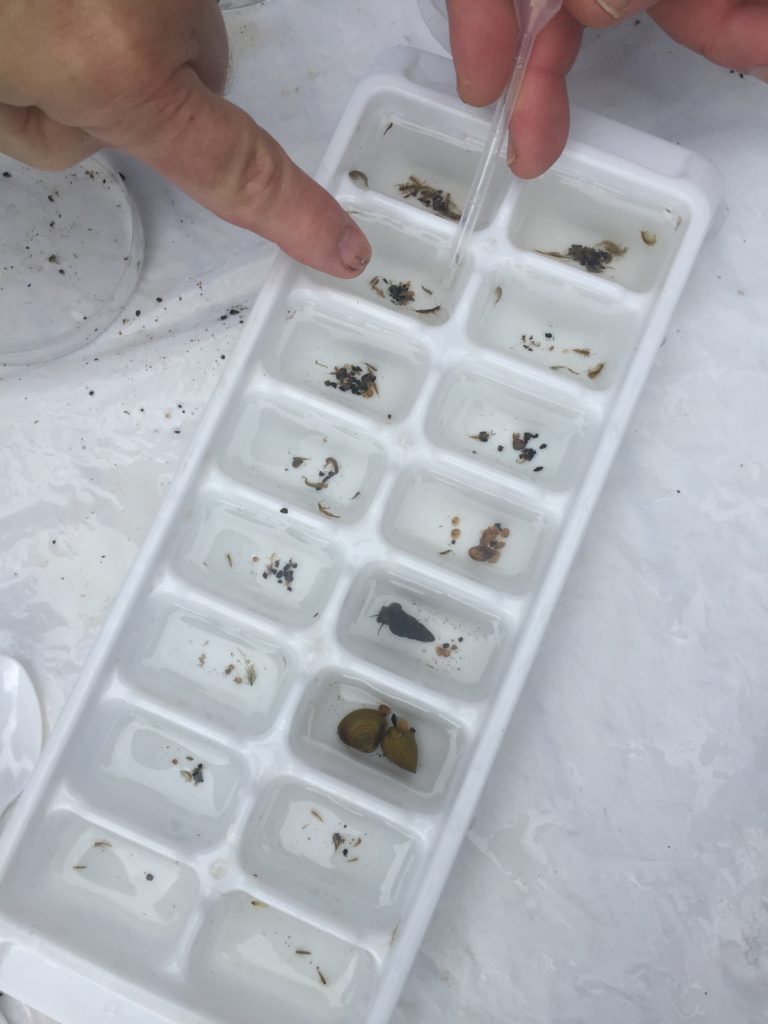Benthic Macroinvertebrates
VA SOS monitors find the health of their streams by counting, sorting, and identifying macroinvertebrates. But what exactly are macroinvertebrates, and why do we count them?
What’s in a name?
Aquatic: an organism that lives in water
Benthic: the bottom of an aquatic habitat (ie. streambed)
Macroinvertebrate: an organism without a backbone, which can be seen with the naked eye
Aquatic benthic macroinvertebrate: an organism without a backbone that lives underwater at the bottom of the habitat and can be seen by the human eye.
The organisms VA SOS volunteers identify live in the bottom of freshwater streams. Some of these organisms are larvae, and will spend their adult lives on land or in the air. Others spend their entire lives underwater. Many cling to rocks and cobbles at the bottom of the stream and catch food as it flows by, while others prowl the habitat looking for prey. All of these “macros” will spend at least a few months living in the river or stream.
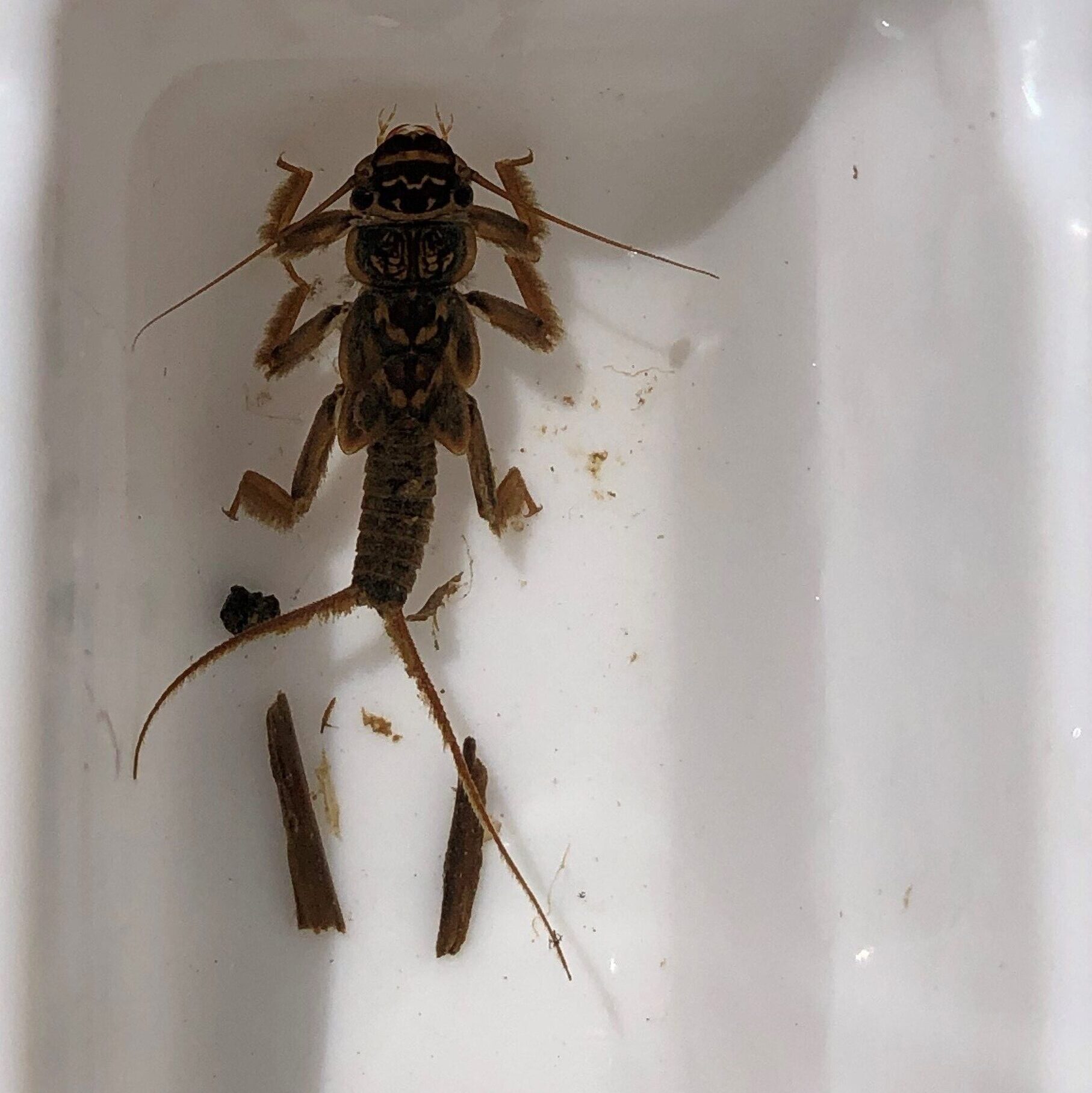
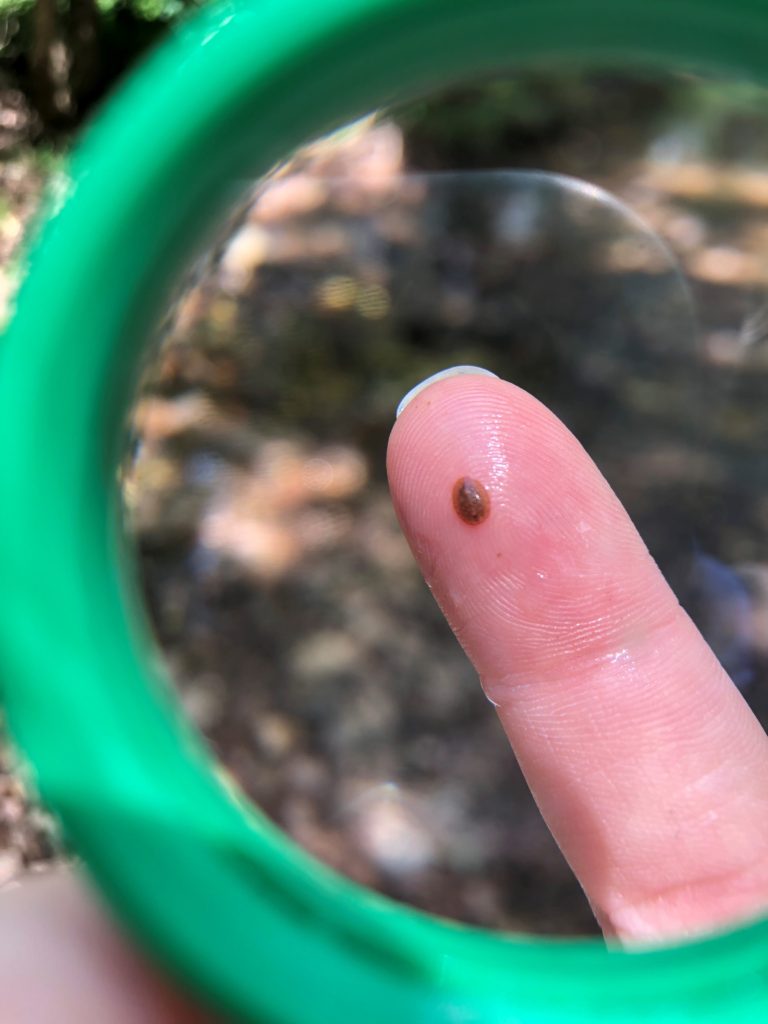
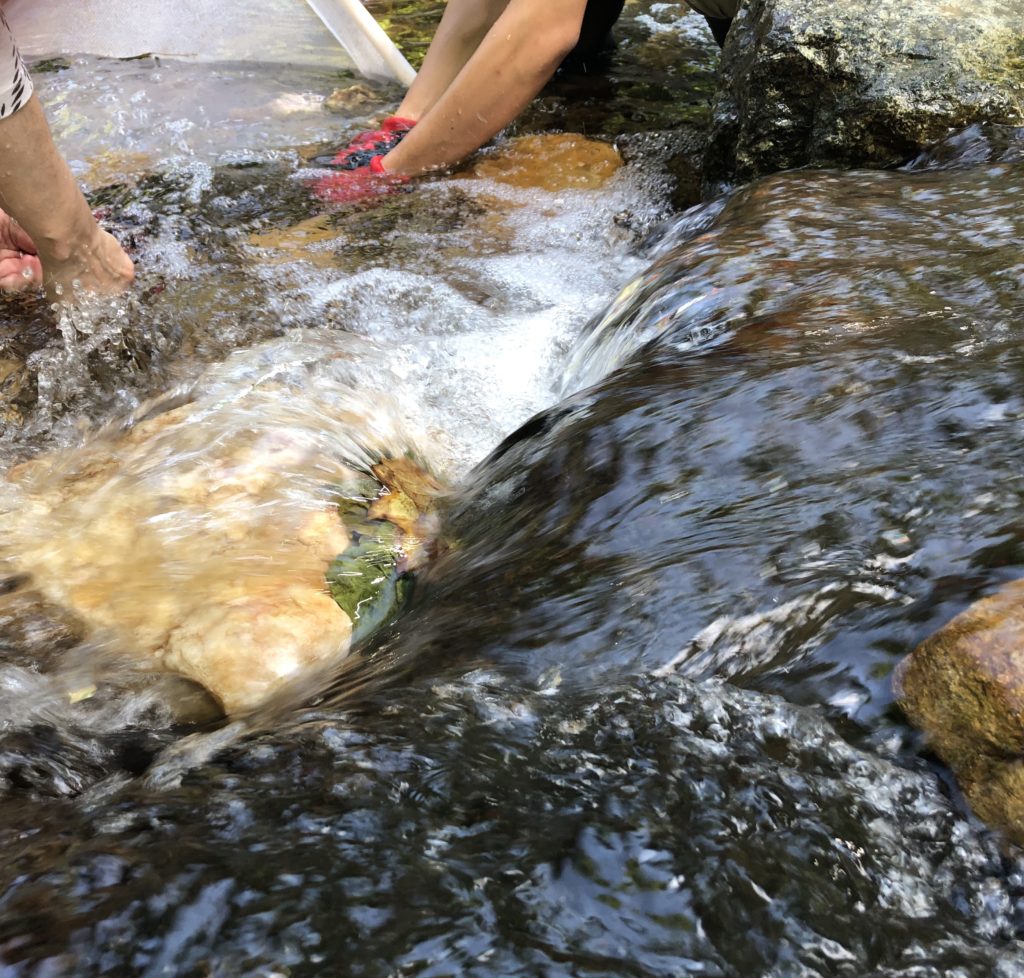
Pollution Sensitivity
The streams and creeks these organisms call home can change dramatically over the course of years, months, weeks, and even days. A sudden heat wave can quickly heat a stream; a rainstorm wash fertilizer and road salt into a creek; an oil spill fill the water with toxins. Some changes occur naturally with the seasons, but as more and more homes, roads, and businesses are built along streams, artificial changes will start to pollute and stress the habitat.
Some macroinvertebrates are incredibly tolerant to change. Blackfly larvae, leeches, and net-spinning caddisfly larvae can live in streams with relatively low levels of oxygen, and a small amount of pollution. Other macroinvertebrates, like stonefly and water snipe larvae, are very sensitive to pollution, and need plenty of oxygen and very little pollution to survive. By identifying which macros are living at a specific site, monitors can calculate a “stream health score.” Although this score doesn’t tell us what is damaging a local habitat, it can tell us if the stream is healthy or not. The Virginia Department of Environmental Quality uses this information to target areas for further investigation, prioritize areas that need conservation, and track restoration progress.
